Photo
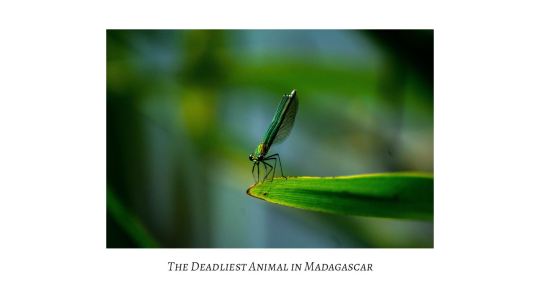
ASSESSED: MADAGASCAR’S DEADLIEST CREATURE
Risk is inevitable when it comes to travel, as we are constantly exposed to danger, from the minute we leave our home country, through transport, crime, or social/political factors. However, in Madagascar, one area less focused on when it comes to risk, is the presence of animals. You may be thinking lions, sharks, or poisonous spiders, however the deadliest animal in Madagascar is actually the mosquito. This risk of Malaria is “present throughout the country at all altitudes, including urban areas”. Malaria can be a fatal if not treated, and is caused by a parasite spread through female mosquitoes. According to a 2018 World Report published by the WHO, there were around 800,000 confirmed cases. According to WHO data published in 2017, malaria deaths in Madagascar reached 7412, accounting for 5.25% of deaths.
To minimise this risk, it is important for travellers to take certain safety precautions if they are intending to visit Madagascar (e.g getting the appropriate vaccine before departing). Recently returned travellers should be aware of the symptoms of Malaria (sweating, chills, fever), as they only develop a few weeks after being bitten. If these symptoms do arise, travellers should immediately see a medical professional, as malaria requires a diagnosis with specialised drugs.
Unfortunately, it is impossible to completely eradicate Malaria, as it is quite difficult to monitor which mosquitoes have the parasite. However, shown below are a few strategies to prevent this risk eventuating.
Be Aware: Know the facts and information about Malaria (e.g mosquitoes more common in low altitude areas, and also know possible symptoms.
Plan Ahead: Ensure that you talk to your doctor prior to departing your home country. There is a possibility that you may need to get a vaccination/take prescription medicine.
Be Safe: Whilst in Madagascar, make sure to use insect repellent and use a mosquito net to avoid getting bitten. If symptoms occur whilst travelling it is advised, to go see a medical professional immediately.
#risk#mosquito#deadly insect#disease#know the facts#travel#tourist#travel blog#madagascar#jungle#risks#malaria#tips#stay safe#Malagasy#assessed
1 note
·
View note
Photo
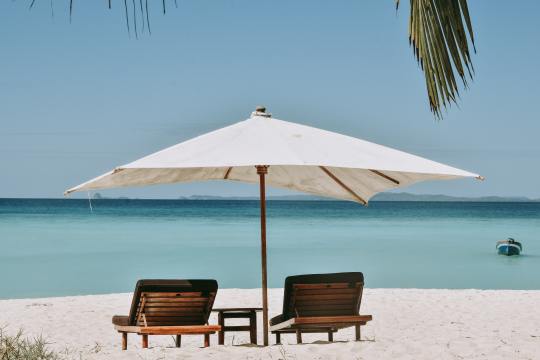
Nosy Iranja, Madagascar
Photo by Sandy Manoa on Unsplash
#Nosy Iranja#madagascar#beach#travel#travels#sunny#sun#palm trees#clear waters#travel blog#western madagascar#travel destination#love#relax#relaxation
5 notes
·
View notes
Photo
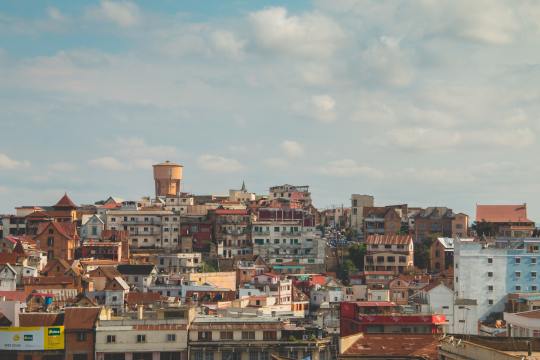
Antananarivo, Madagascar
Photo by Shotlist on Unsplash
#madagascar#antananarivo#western madagascar#city#people#travel#travel blog#houses#buildings#africa#urban#globalisation
13 notes
·
View notes
Photo
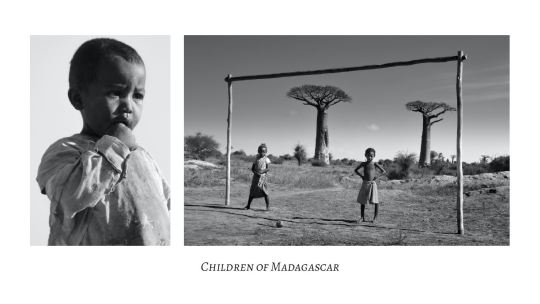
CULTURAL SHOCK
Although this blog has focused on nature and portrays Madagascar as a ‘heavenly paradise’, an aspect that may be culturally different is the people of Madagascar, and particularly, the poverty rate. Although having considerable natural resources, Madagascar is one of the poorest countries in the world with 75% of the population living on less than $1.90 per day. Madagascar has the fourth highest rate of chronic malnutrition, with almost one child in two, under the age of 5 suffering stunting i.e not being able to grow properly. In comparison to Australia, poverty is increasing with an estimated 13% of the population living below the international accepted poverty line.
From pre-conceptualised ideas, travellers may experience ‘cultural shock’, the feeling of frustration, uneasiness, or uncertainty. It provides a great opportunity for personal growth. Seeing poverty on the streets, might be quite confronting, as it is something that we are not used to. Feelings of shock, sadness, and confusion may be prevalent in travellers, as we do not have any direct power to change the situation. Often, after travelling we may feel grateful for the things we have.
To minimise culture shock/confusion a few things can be done:
1. Read up on the location: Getting educated about the current circumstances in countries, is the best way to avoid misconceptions.
2. Don’t paint a ‘pretty picture’: It may result in the ‘Paris Syndrome’, where tourists often get disappointed.
3. Be Respectful: When walking the streets of another country it is vital to respect other people and their home.
Photo by Daniele Levis Pelusi on Unsplash
Photo by ANTONI SOCIAS on Unsplash
#madagascar#poverty#poverty line#madagascar poverty#travel#travel blog#malagasy#children#respect#respectful#culture shock#culture#confusion#extreme poverty
0 notes
Photo
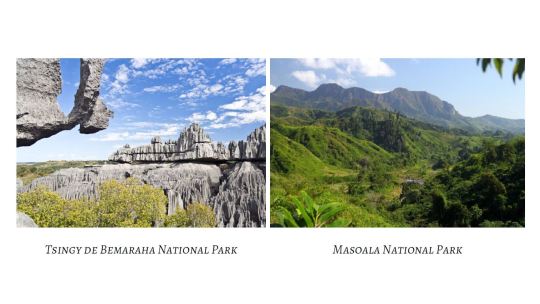
ENGAGING WITH NATURE OR DISTURBING WILDLIFE?
Travellers are drawn to visit Madagascar to experience its stunning wildlife and unique landscapes. National parks are a must see when visiting Madagascar, and there are an abundant range of parks to see around the island. There is Madagascar’s largest, the Masoala National park that has areas of damp forest, a variety of lemurs, birds, chameleons, and invertebrates. Tsingy de Bermaraha National Park has spectacular stone high rises where flora and fauna thrive on different levels. The canyons collect rainwater and nutrient rich soil and have some of the quirkiest insect life. These two national forests encompass high levels of endemism, and tourist traffic.
Hiking and exploring the areas to reach waterfalls or visit the peaks of mountains is often marketed to tourists to get in touch with nature. However, by simply visiting national parks, by picking a flower, by walking on the grounds of a forest floor, is disturbing the ecological community. Unfortunately, visiting national parks and hiking is an essential when travelling for many, including me! I think it is important to be mindful of the impact you can have on the flora and fauna of a national park. Somewhat like ‘the butterfly effect’, the smallest change in the forest can have disastrous impacts on the ecosystem in terms animals obtaining food or finding grounds to breed etc.
In terms of creating meaningful engagement there is a bit of a ‘catch 22’ situation where travel sites claim that “supporting national parks play an important role in conserving the endemic flora and fauna of the island”, in terms of monetary donations. However, by encouraging tourists to visit these areas, and appreciate nature they may disturb ecosystems. Having tourists visit national parks is somewhat unavoidable, especially when the country is known for having such remarkable hotspots. In this case, measures should be taken to educate tourists to not touch anything whilst visiting the national park, as it will disturb the natural wildlife.
#madagascar#national parks#meaningful engagement#western madagascar#travel#travel blog#tourism#africa#wildlife#flora#fauna#hiking#park#national#landscapes#beautiful#nature#ecosystem#ecology#catch 22#minimising harm#endemic species#lemur#chameleon
0 notes
Photo

Photo by Roman Laschov on Unsplash
#lemur#wildlife#nature#national park#madagascar#endemic species#lemurs#western madagascar#animal#mammals#photography
9 notes
·
View notes
Photo

Avenue of the Baobabs, Madagascar
Photo by Sergey Zhesterev on Unsplash
#Avenue of the Baobabs#madagascar#western#trees#vibe#travel#tourism#baobabs#malagasy#dirt#roots#treeoflife#western madagascar#forest
13 notes
·
View notes
Photo
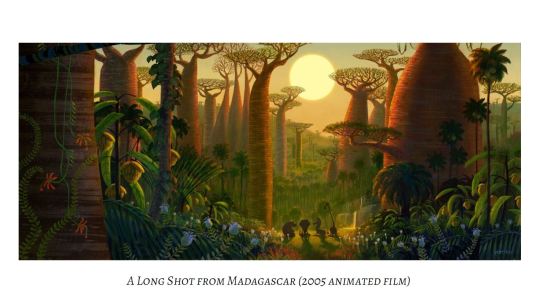
ASSESSED: A DISTORTED REALITY
Up until about a year ago, my knowledge on Madagascar was simply anything observed in the 2005 animated classic, Madagascar. In the film there are long shots of picturesque jungle full of flora and fauna, as shown above. Madagascar is portrayed as a country that is rich in biodiversity, from unique animals to majestic baobabs. However, there is a bit of a misrepresentation with the vibrant landscape shown to the audience as it is not an accurate depiction of the country, as deforestation is a major environmental issue that has led to biodiversity being highly in danger.
Simply put, deforestation refers to the permanent removal of trees, to make room for agriculture, or for the illegal purpose of obtaining precious wood species (e.g ebony & rosewood). In Madagascar, deforestation has been an issue for a very long time, since the arrival of humans (around 2000 years ago) Madagascar has lost more than 90% of its original forest. Although there may be a few sights in Madagascar that look like the above scenery, this type of land is rapidly decreasing due to increased farming and agriculture practices. Today, only 12% of the country is covered by forests.
In the film, this stereotype and distorted view of Madagascar, is quite problematic as it does not highlight the critical issue of deforestation including biodiversity erosion and habitat loss. Just since 1950, through aerial shots, around 40% of forest cover has disappeared. A range of animals are also featured in the family comedy film, with a variety of lemurs as main characters. 90% of Madagascar’s species (plants and animals) are endemic meaning that they cannot be found anywhere else in the world. With deforestation depleting key habitats and food resources, over 8000 species are either classified as vulnerable or endangered and some, 15 species of lemur have actually gone extinct.
Getting educated about the impact of deforestation in Madagascar can help future travellers to not get disappointed as they try and chase the ‘essential place’!
#madagascar#malagasy#forests#deforestation#lemurs#extinct#glbal warming#endemic species#madagascar movie#misrepresentation#illegal logging#stereotype#biodiversity#animals#environmental issue#agriculture#travel blog#climate change#assessed
0 notes
Photo

ASSESSED: ROYAL HILL OF AMBOHIMANGA
"Ambohimanga is the source of all goodness
Antananarivo, the vessel that stores it
Ambohimanga gave birth to our kings
Antananarivo, the city that united their people
Ambohimanga has love in abundance
Antananarivo, the pleasures of the world"
— Traditional folk song
This week’s blog post will be looking at street art in the form of architecture and a somewhat unusual landmark, just around 25km from the Madagascar’s capital. Overlooking the capital city, Antananarivo, lies the Royal Hill of Ambohimanga, where you can observe beautiful architecture of the Merina Dynasty that used to rule Madagascar. The site itself consists of a royal city, burial site and an ensemble of sacred places. As you can see from the traditional song above, Ambohimanga has a special place in the heart of the Merina people.
This site itself is a symbol to the Merina People and it is a monument of the precolonial Merina kingdom and has been a popular landmark for almost half a century. The site has been culturally important since the early 18th century when King Andriamasinavalona (1675–1710) was in power. The royal family inhabited this area until the French Colonisation, and the exhile of the royal family in 1897. Due to the significant historical events taking place here, the hill is a strong marker of national culture and identity. The presence of royal tombs, has led to the hill being quite sacred and spiritual in character. To this day, it remains as a place of worship to which pilgrims from around the world come and visit.
The Royal Hill of Ambohimanga, does not express an “unofficial” tourist site, as it does receive quite a few visitors per year. However, the site itself is a form of street art, from stone arches, to the maze of stairs that takes you around to different spots, to the colourful elegant terrace houses. Quite different from the city Antananarivo, this charming historical site gives an insightful glimpse into the country’s cultural past.
#MADAGASCAR#Malagasy#royal family#empire#merina people#merina kingdom#street art#architecture#french colonisation#royal hill#africa#people#culture#assessed
1 note
·
View note
Photo

Photo by Nicolas Gonzalez on Unsplash
13 notes
·
View notes
Photo
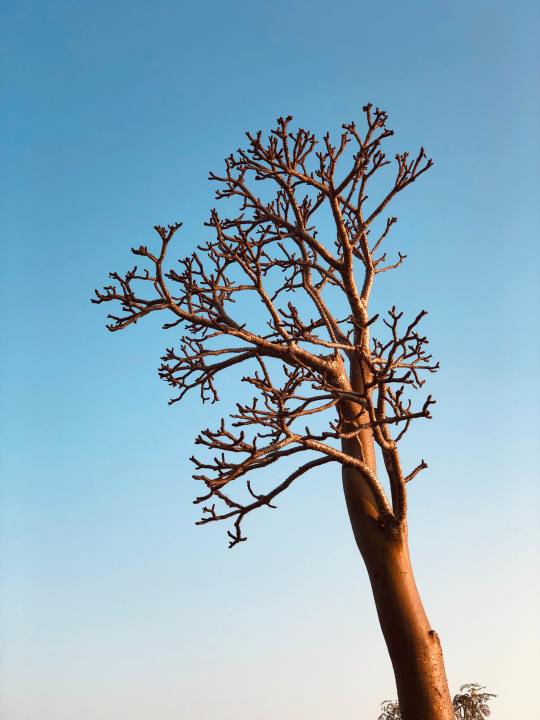
Photo by Hanjatiana Nirina on Unsplash
4 notes
·
View notes
Photo

ASSESSED: AVENUE OF THE BAOBABS
You may recognise this landscape from the adventure comedy film, Madagascar (2005) and to my surprise (and probably yours), this picturesque landscape does exist in real life! These trees are portrayed frequently when Madagascar is mentioned, and forms an important part of the nations identity.
The Avenue of the Baobabs orThe Alley of the Baobabs is a natural site in the Menabe region of Western Madagascar. Along a 260m stretch are about 25 rare Baobab Trees (Adansonia grandidieri baobabs) around 30m tall, which are endemic to Madagascar! These trees are up to 2,800 years old, and in Malagasy referred to as ‘renala’ which means “mother of the forest”. I have chosen this natural site as there is a lot to discover about the history of these trees and why travellers around the world decide to visit this breathtaking location.
Although these rare trees now stand alone, this was not always the case. They are in fact the mother of the forest and used to be a part of a rich forest, however, due to modern civilisation and increasing populations in the area has led to massive deforestation and hence these majestic trees to be left by themselves. This picturesque location is the most accessible place to admire these ancient rare Baobab Trees, which attracts many travellers from around the world.
This natural symbol is a historical landmark and has been protected from further deforestation and is now considered a natural monument under conservation since July 2015. Since 1950, around 50% of Madagascar’s forest has disappeared largely due to needing area for agriculture and the growing population. Although 13 times smaller than Australia, Madagascar has a population of approximately 25.5 million (around 1 million more people than Australia). This goes to show deforestation is occurring in order to sustain the existing population. As of 2020, there are no entry fees to this natural site which is a positive aspect for travellers.
#avenue of the baobabs#madagascar#western madagascar#deforestation#sustainability#forest#baobab trees#wildlife#travel#travel blog#assessed
3 notes
·
View notes
Photo

ABOUT
“Sovereign freedom of travelling comes from the fact that it whirls you around and turns you upside down, and stands everything you took for granted on its head”, Pico Iyer, 2000.
I’m Anisha and I need to travel more. Travelling to opposite ends of the world in 2019 (Canada, USA & India), my view on life has changed (I know this sounds clichè), but really in terms of what I take for granted.
I also discovered that I've explored less than 5% of what the world has to offer (approx. 14 countries out of 195), so once I graduate mid this year, I’m hoping to travel more, and hopefully it works out!
Every country I’ve been to in Asia, Europe & North America has so much to offer through food, culture, nature, architecture & more! In my travels I definitely want to visit more continents, particularly Africa & South America and learn more about the variety of life and “other ways of being in the world”.
When I was on exchange at McGill University in Montrèal, my roommate (now one of my closest friends) was born and brought up in Madagascar. Hearing her remarkable stories, I’ve decided to do my blog on Madagascar. This blog will be quite informative in nature, as I too will be learning more about what Madagascar has to offer.
Splitting from India around 88 million years ago, Madagascar is home to flora and fauna found nowhere else in the world. Although Madagascar is about 13 times smaller than Australia, it is home to around 10,000 species of plants and around 150,000 species of animals endemic to Madagascar. I’ve decided to focus my blog on this biodiversity hotspot and explore some of its amazing natural artefacts.
I have decided to title this blog, THE EIGHTH CONTINENT due to the endemic nature of such a small country in comparison to other continents. The blog will focus on all things nature in Madagascar.
#about#madagascar#malagasy#travel blog#masoala national park#quebec city#1st post#africa#coast of africa#informative#assessed
3 notes
·
View notes